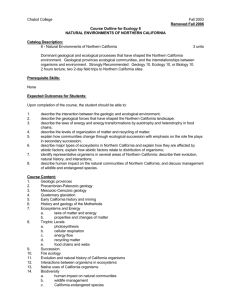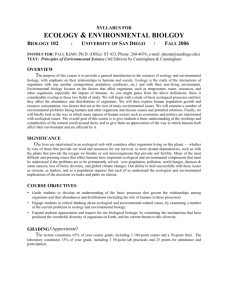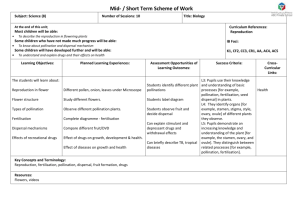File
advertisement
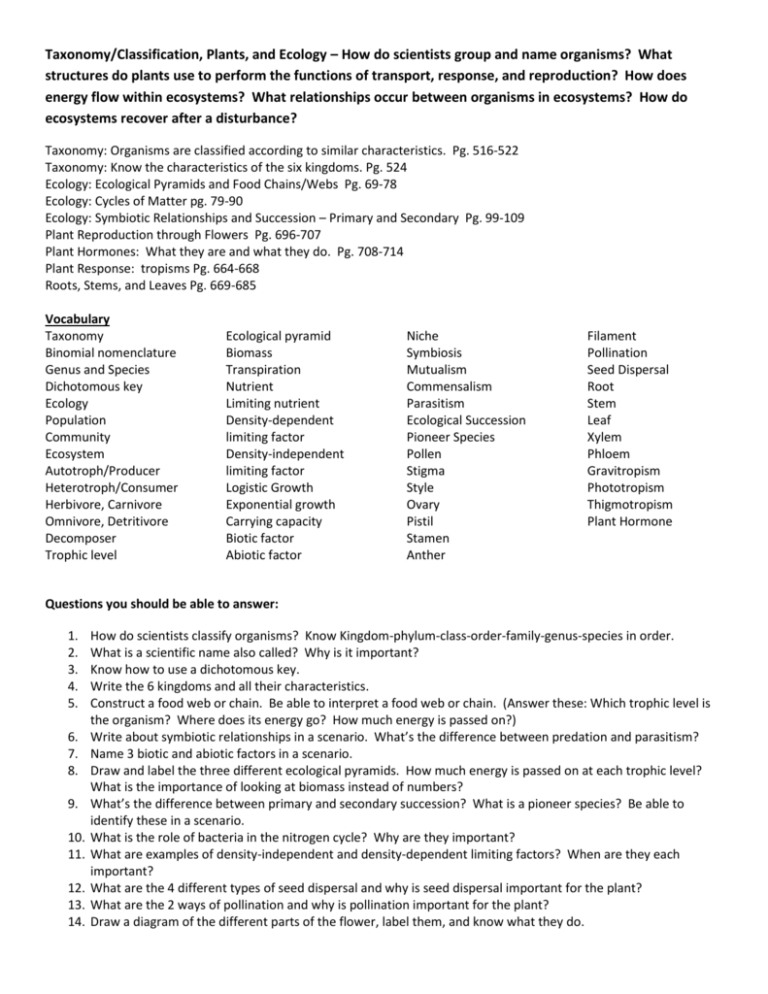
Taxonomy/Classification, Plants, and Ecology – How do scientists group and name organisms? What structures do plants use to perform the functions of transport, response, and reproduction? How does energy flow within ecosystems? What relationships occur between organisms in ecosystems? How do ecosystems recover after a disturbance? Taxonomy: Organisms are classified according to similar characteristics. Pg. 516-522 Taxonomy: Know the characteristics of the six kingdoms. Pg. 524 Ecology: Ecological Pyramids and Food Chains/Webs Pg. 69-78 Ecology: Cycles of Matter pg. 79-90 Ecology: Symbiotic Relationships and Succession – Primary and Secondary Pg. 99-109 Plant Reproduction through Flowers Pg. 696-707 Plant Hormones: What they are and what they do. Pg. 708-714 Plant Response: tropisms Pg. 664-668 Roots, Stems, and Leaves Pg. 669-685 Vocabulary Taxonomy Binomial nomenclature Genus and Species Dichotomous key Ecology Population Community Ecosystem Autotroph/Producer Heterotroph/Consumer Herbivore, Carnivore Omnivore, Detritivore Decomposer Trophic level Ecological pyramid Biomass Transpiration Nutrient Limiting nutrient Density-dependent limiting factor Density-independent limiting factor Logistic Growth Exponential growth Carrying capacity Biotic factor Abiotic factor Niche Symbiosis Mutualism Commensalism Parasitism Ecological Succession Pioneer Species Pollen Stigma Style Ovary Pistil Stamen Anther Filament Pollination Seed Dispersal Root Stem Leaf Xylem Phloem Gravitropism Phototropism Thigmotropism Plant Hormone Questions you should be able to answer: 1. 2. 3. 4. 5. 6. 7. 8. 9. 10. 11. 12. 13. 14. How do scientists classify organisms? Know Kingdom-phylum-class-order-family-genus-species in order. What is a scientific name also called? Why is it important? Know how to use a dichotomous key. Write the 6 kingdoms and all their characteristics. Construct a food web or chain. Be able to interpret a food web or chain. (Answer these: Which trophic level is the organism? Where does its energy go? How much energy is passed on?) Write about symbiotic relationships in a scenario. What’s the difference between predation and parasitism? Name 3 biotic and abiotic factors in a scenario. Draw and label the three different ecological pyramids. How much energy is passed on at each trophic level? What is the importance of looking at biomass instead of numbers? What’s the difference between primary and secondary succession? What is a pioneer species? Be able to identify these in a scenario. What is the role of bacteria in the nitrogen cycle? Why are they important? What are examples of density-independent and density-dependent limiting factors? When are they each important? What are the 4 different types of seed dispersal and why is seed dispersal important for the plant? What are the 2 ways of pollination and why is pollination important for the plant? Draw a diagram of the different parts of the flower, label them, and know what they do.




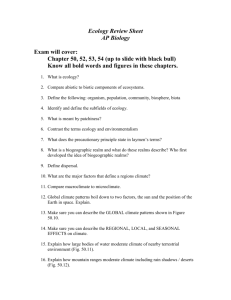
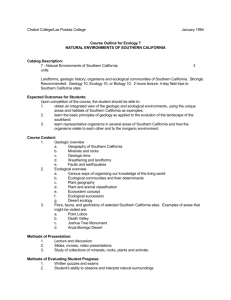

![[CLICK HERE AND TYPE TITLE]](http://s3.studylib.net/store/data/006863514_1-b5a6a5a7ab3f658a62cd69b774b6606c-300x300.png)
